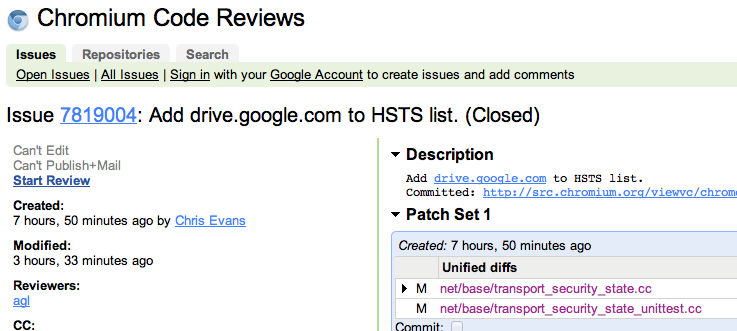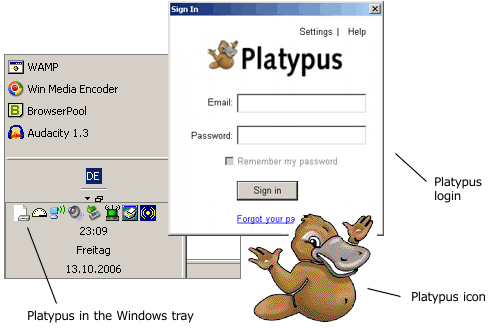In 2006, Google was internally testing a project codenamed “Platypus”, an online storage service. When it was accidentally disclosed during an analyst meeting as “GDrive”, it quickly captured the web’s imagination. Google seemed on the verge of transforming their servers into our own personal hard drives in the cloud. Plenty of startups were working on this (and still are), but the presumption was that Google would be able to scale this beyond anyone else and do it for free, or very cheap. Google refused to talk about it, but story after story after story kept coming.
Then something weird happened: GDrive never actually launched.
It wasn’t until earlier this year that we found out what happened, thanks to Steven Levy’s book In The Plex. In 2008, GDrive was about to launch under Bradley Horowitz (now a lead on Google+), but Sundar Pichai (now the SVP of Chrome) convinced Google’s top executives not to launch it. The reason? He felt like the concept of a “file” was outdated (sounds more than a bit Jobsian) in the cloud-based universe that Google was trying to build. After some debate, the powers that be at Google agreed and GDrive was shelved, and the team moved over to the Chrome team.
End of story, right? Not so fast.
Something curious appeared this evening in the Chromium Code Reviews issue list. As first noted by Nick Semenkovich on Twitter, there was a ticket to add the URL drive.google.com to a list in the browser’s code. This URL (which is not yet live) lead to a Hacker News thread wondering: “Google Drive coming soon?”
Diving a bit deeper into the code reviews, what’s most striking is that drive.google.com doesn’t appear to be referenced anywhere besides this one exposed ticket. This suggests that it’s either no big deal, or that Google is keeping this very secret.
I don’t think it’s the former because the messaging in the one ticket indicates that drive.google.com has been added to the HSTS (HTTP Strict Transport Security) list alongside other key Google apps like docs.google.com and spreadsheets.google.com. Another bit of code puts it alongside Android Market and Google Analytics.
Google information security engineer, Chris Evans, completed the ticket this evening. And Chrome engineer Adam Langley approved it with the message “LGTM” (Looks Good To Me).
I reached out to Pichai (who again, is now a Google senior executive in charge of Chrome), but he declined to comment. A Google spokesperson would only say, “The team is always testing out new features, but we don’t have any details to share at this time.”
It sure seems like something is up. At the very least, Google does appear to be close to doing something with the drive.google.com domain. My best guess — which is pure speculation — is that it will be some sort of new Google app for syncing files over the web across a range of devices. PCs, Macs, Chromebooks, Android phones, iOS, you name it. Think: Dropbox.
But wait, doesn’t Google already offer cloud storage functionality as a part of Google Docs? Sort of. But since that functionality launched almost two years ago, it seems that very few people use it like they use Dropbox — hence, Dropbox’s $4 billion valuation and Box.net’s $550 million valuation.
Google is putting a lot of weight behind Chrome OS and Chromebooks. So far, it seems they haven’t exactly caught fire in the sales department. But they’re iterating fast, and one area of focus has been the file system (despite Pichai’s hope they wouldn’t need one — remember, they’re going after PC users here). One that is built into the core of the OS and tied to the cloud could be very useful to those hoping to switch from traditional PCs. That’s especially true now that Google is finally making their apps fully available offline as well, as they did with Gmail, Docs, etc, this morning.
More to come on this, I’m sure.

[image via Google Blogoscoped from way back in 2006]
